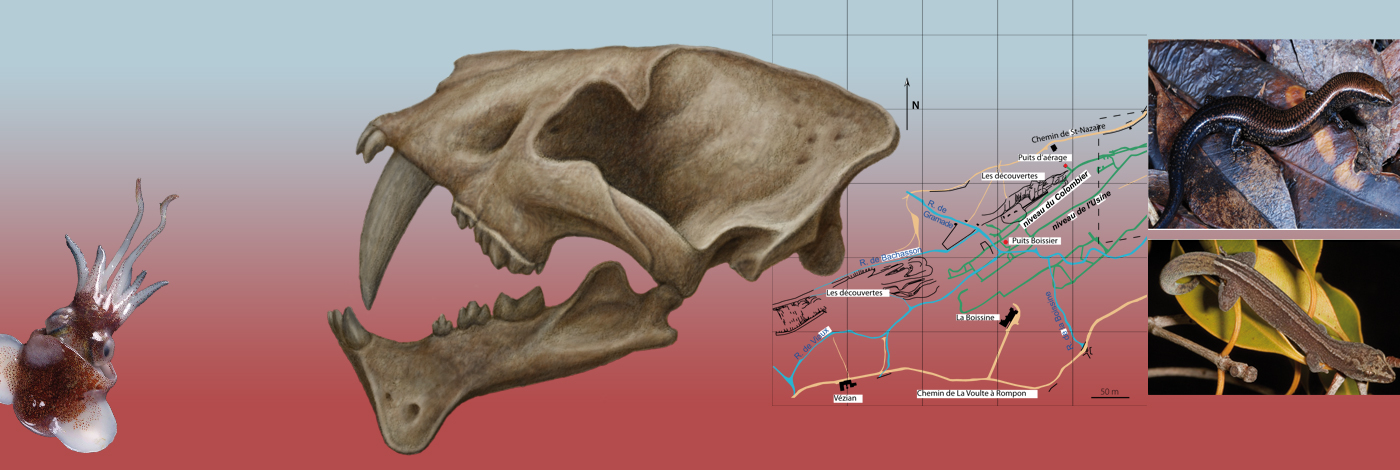
 Tome 193
Tome 193 Publié le 08 septembre 2006
Giant scavenging isopods, blind armoured shrimps, and a formidable assortment of galatheids: the present volume of Tropical Deep-Sea Benthos contains this and a lot more. Unlike most other marine biological communities, the deep-sea benthic fauna of the tropics has long suffered from a lack of focussed attention from zoologists and oceanographers. In fact, the deep benthos of the tropical seas represents one of the last frontiers of marine biodiversity, and every new cruise on the slopes of South Pacific island groups reveals new taxa from all zoological groups. Tropical Deep-Sea Benthos, a continuation of Résultats des Campagnes MUSORSTOM, is a series dedicated to inventorying and describing the deep-sea faunas of the world, with special emphasis on the most extensive and least explored of its biogeographical regions: the Indo-West Pacific. The series rests on an international network of taxonomists fueled by the results of an ongoing sampling programme by Muséum national d’Histoire naturelle (MNHN, Paris) and Institut de Recherche pour le Développement (IRD). Tropical Deep-Sea Benthos is a contribution to the Census of Marine Life, an international programme to document the systematics, distribution, and populations of the marine biota of the world. Volume 24 of Tropical Deep-Sea Benthos thus contains 12 contributions by systematists from Australia, New Zealand, Indonesia, Japan, Poland, Spain, Sweden, and the United States, together describing 5 new genera and 57 new species. One paper reports on the brachiopod fauna of Fiji: although brachiopods lost their ecological significance in marine ecosystems, they are still widely distributed and may be locally common. A paper on the ophiacanthids of New Caledonia is the first in a series on the brittle stars (ophiuroids). The other papers are on crustaceans, one of the specialities of this series, and range from minute cumaceans to giant isopods, crabs, shrimps, and hermit crabs. The remote Austral Is were first explored in 2002 and results presented in this volume document levels of undescribed species in excess of 50%.
Bertrand Richer de Forges is a Principal Investigator of the Tropical Deep-Sea Benthos exploration cruises, and Jean-Lou Justine is a professor with Muséum national d’Histoire naturelle. Both are working in the South Pacific at the Nouméa branch of Institut de Recherche pour le Développement.
RICHER DE FORGES B. & JUSTINE J.-L. (eds) 2006 — Tropical Deep-Sea Benthos volume 24. Muséum national d'Histoire naturelle, Paris, 417 p. (Mémoires du Muséum national d'Histoire naturelle ; 193).